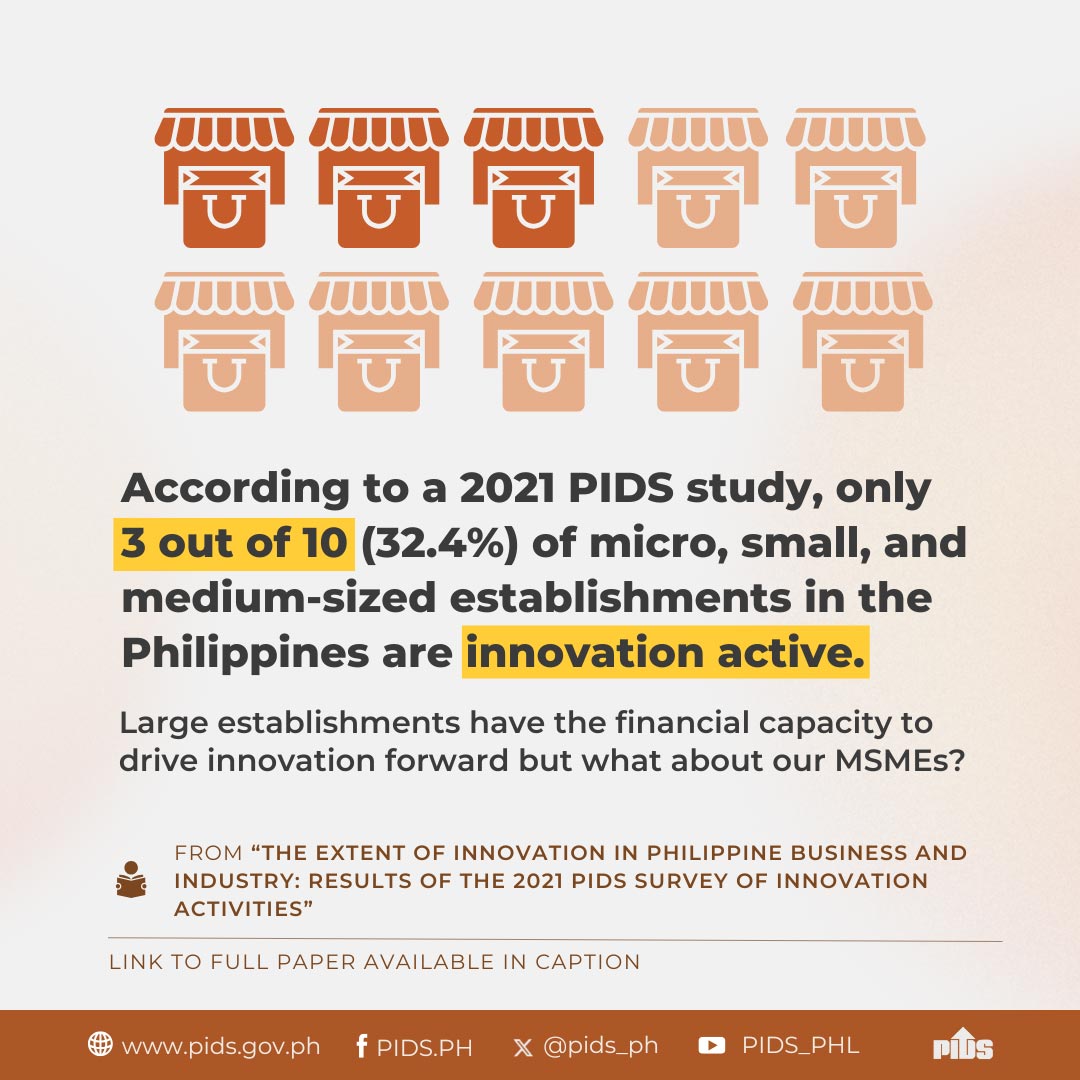POLICY distortions that have stifled the growth of agriculture and manufacturing made the Philippine economy dependent on the output of low-skilled labor, according to the country’s Chief Economist.
In his speech at the 7th annual public policy conference (APPC) webinar of the Philippine Institute for Development Studies (PIDS), Socioeconomic Planning Secretary Karl Kendrick T. Chua said these policy distortions were implemented over a span of 60 years.
Chua said this accounts for the current administration’s efforts to transform agriculture into the foundation of the country’s structural transformation post-pandemic.
“Instead of agricultural productivity paving the way [for] a labor-intensive manufacturing sector, then a capital-intensive manufacturing sector, and finally a high-skill services sector, a different path happened,” Chua said.
“Agricultural productivity remains largely depressed and manufacturing has not grown to potential. As a result, a low-skill services sector has emerged as the dominant sector in the economy. Employment shifted out from agriculture to the informal services sector, instead of manufacturing,” he added.
Efforts to address these policy distortions were done through the investment in social services and infrastructure, including the passage of the Rice Trade Liberalization Law and the Philippine Identification System or National ID program, he explained.
Chua said the RTL Law allowed rice to become more affordable. He noted that between 2017 and March 2019, rice was one of the top 10 contributors to inflation.
The National Economic and Development Authority (Neda) Chief said in 2017, rice was the 10th major reason for inflation while in 2018, the commodity became the 2nd top cause of the increase in prices.
Since the enactment of the RTL Law, however, rice prices have posted an average contraction of 2.6 percent in the past 28 months. In 2019, it posted a contraction of 3 percent; 2020, 2.6 percent; and in 2021, the year to date inflation of rice is -2.2 percent.
Chua said the country’s rice production increased to 3.5 million metric tons in the third quarter of 2020, posting 15-percent growth over the same period in 2019.
Through the RCEF and other programs, he noted, the rice sector produced 19.3 million metric tons in 2020—the highest in years.
“Moving forward, more are needed to improve the competitiveness of agriculture as well as other sectors through more cluster and value chain analysis,” Chua said.
National ID
Meanwhile, Chua said problems in distributing social services during the pandemic fast-tracked the efforts to create the National ID.
Chua said 51.2 million Filipinos or 71 percent of the total adult population did not have bank accounts. This has prevented, he said, a more efficient delivery of the cash assistance to millions.
If a single database such as what the National ID provides were available, the government would have been able to provide emergency assistance faster and more efficiently, he added.
“The pandemic underscored the need for unhampered access to banking and social services,” Chua said. “Institutional weaknesses posed a significant challenge in delivering assistance, causing some delays in the emergency response.”
As of September 10, over 42 million Filipinos have registered for Step 1 or the demographic data collection.
Moreover, despite the quarantines, almost 30 million have taken the second step to provide their biometrics in the registration centers.
The Annual Public Policy Conference (APPC) Public Webinar series is the main and culminating activity of the Development Policy Research Month (DPRM) headed by the PIDS.
‘Policies stifling agriculture, manufacturing mired economy for decades’












